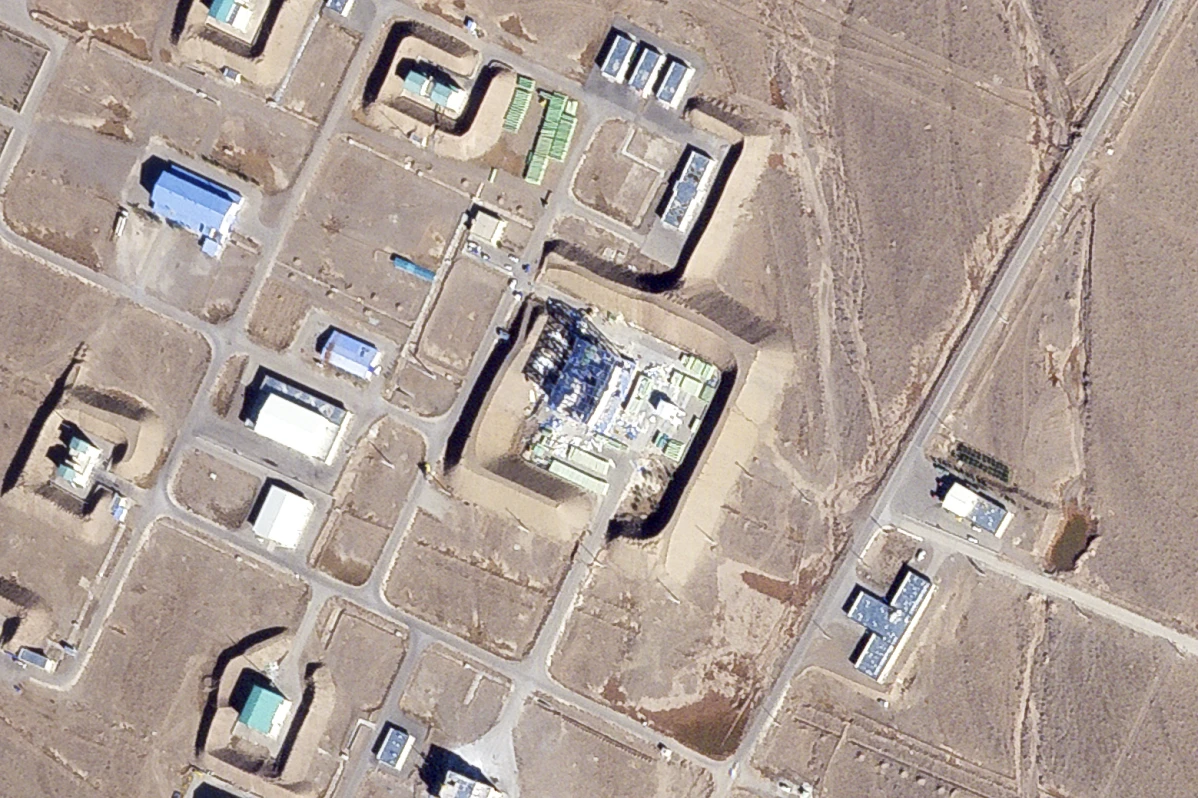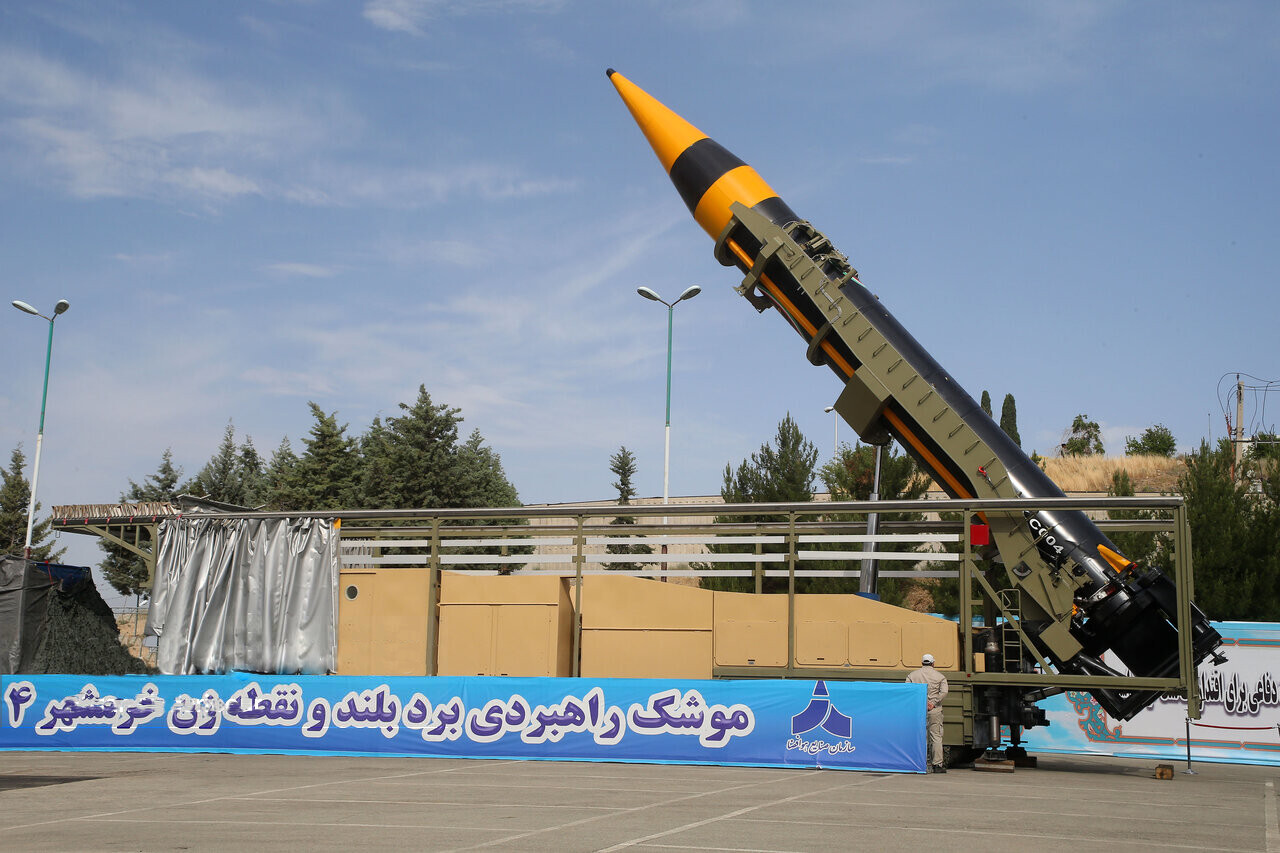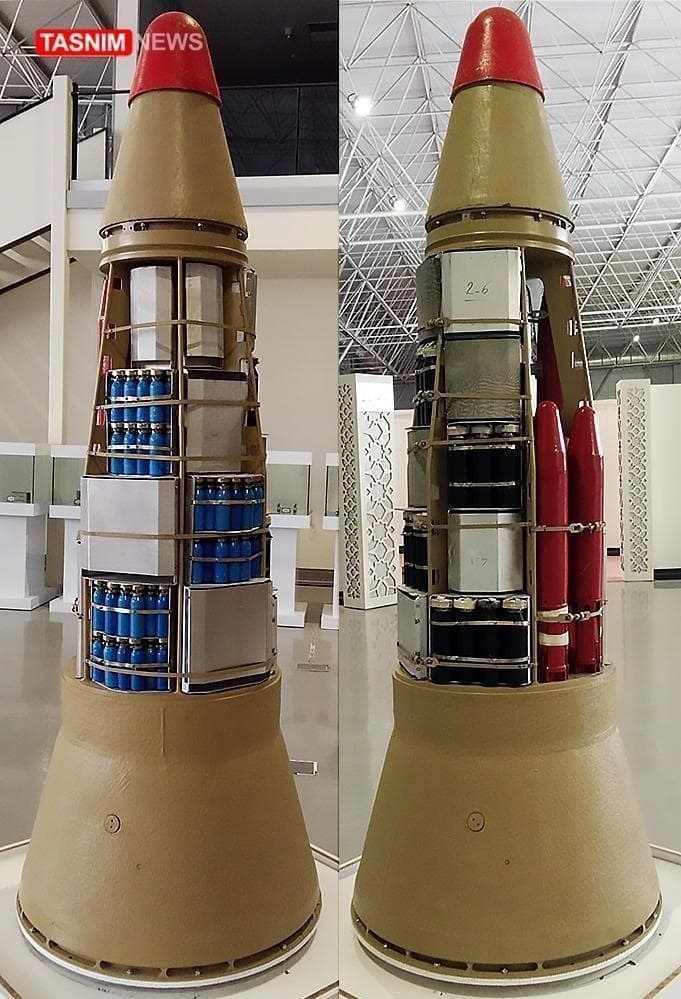

Its proximity to BRICS+ member South Africa may also be significant, noting the colour revolution in Bangladesh earlier this year exerting influence near India and China.
South Africa has already deployed troops as part of a force to fight the ISIS affiliates located there for years now, this was after Wagner failed operationally there. (Yes, that Wagner PMC ![]() ). Though it's questionable if we're deployed there to actually fight terrorism, or just protect the oil and gas fields for Total in a sub-imperialist role. As an eternal pessimist, I'd bet on sub-imperialism.
). Though it's questionable if we're deployed there to actually fight terrorism, or just protect the oil and gas fields for Total in a sub-imperialist role. As an eternal pessimist, I'd bet on sub-imperialism.





Also in case anyone missed it on the old thread:
A post on Iran's missile test as of November 8th, with a cool video at the end of you dislike reading long posts and just want to watch a cool video